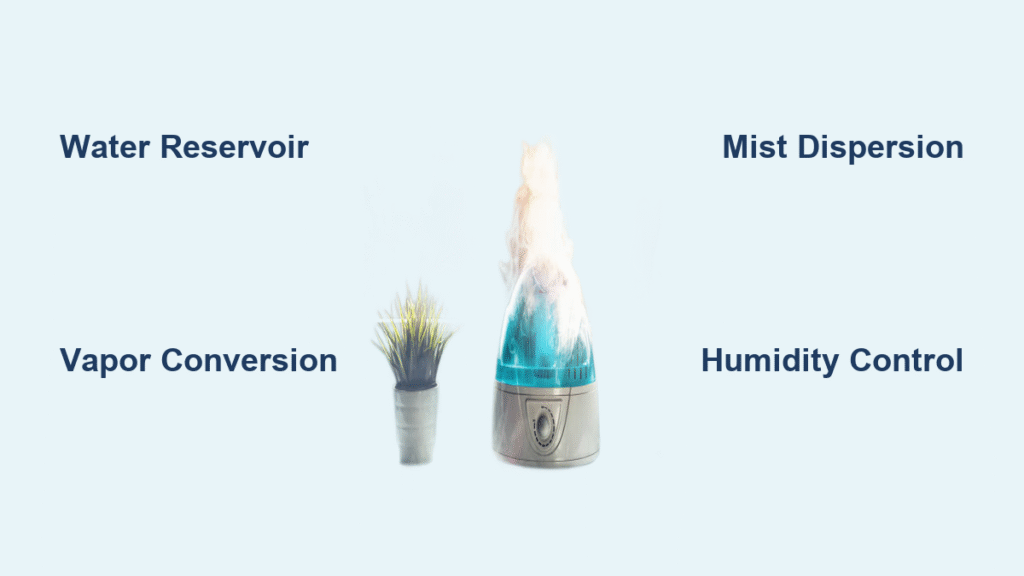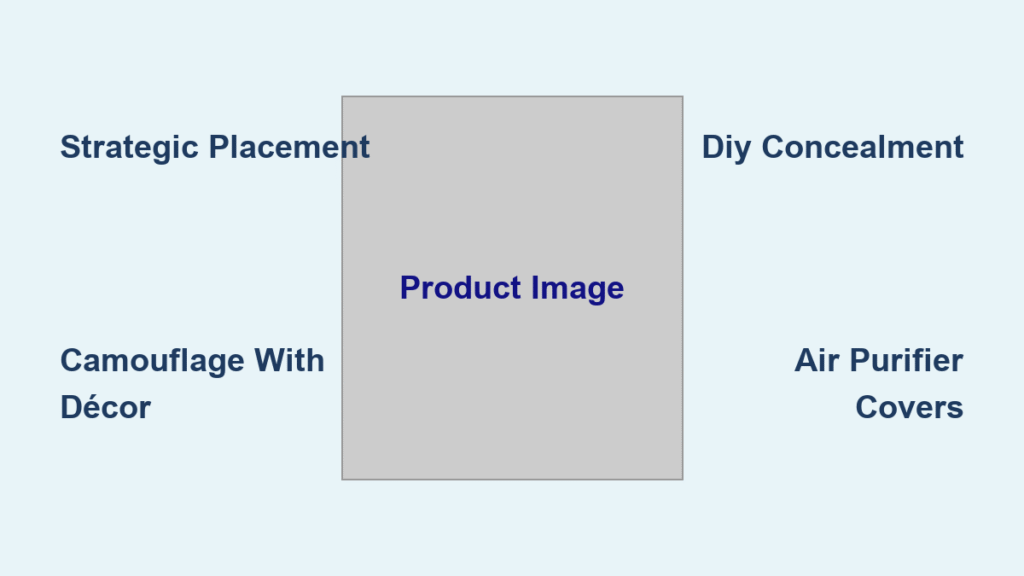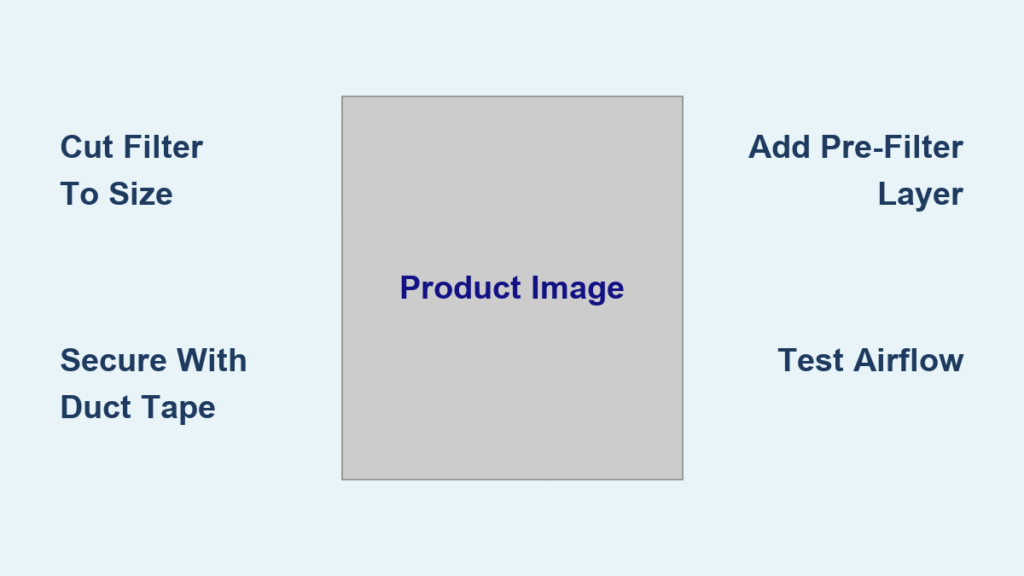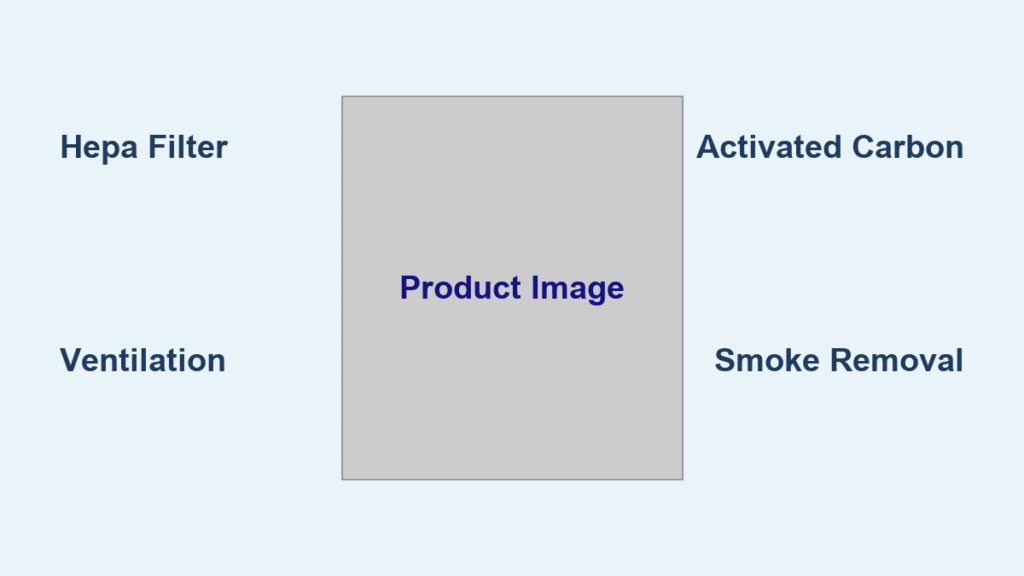Your bedroom feels like the Sahara every winter. You wake up with a scratchy throat, static-charged hair, and that telltale dry cough. The air feels colder than the thermostat suggests, and your wooden floors are starting to separate at the seams. These are classic signs of low indoor humidity—and exactly why understanding how a humidifier works transforms it from a simple appliance into your home’s invisible guardian during dry seasons.
A humidifier isn’t just misting water into the air—it’s a precision moisture-delivery system that actively manages the percentage of water vapor in your indoor environment. When properly deployed, it bridges the gap between uncomfortable bone-dry air and the optimal 30-50% relative humidity range where health and home preservation intersect. By the end of this guide, you’ll know exactly which technology solves your specific dry-air problems and how to avoid common pitfalls that turn humidifiers into mold factories.
The Three-Step Water-to-Vapor Conversion Process

Every humidifier, from $20 tabletop units to whole-house systems, executes three non-negotiable steps to humidify your space. First, a water reservoir stores liquid—ranging from 16 ounces in travel models to six gallons in whole-house systems. Second, a conversion mechanism transforms that water into breathable vapor through evaporation, ultrasonic vibration, boiling, or mechanical atomization. Finally, a dispersion system releases the vapor into your room via natural diffusion, forced airflow, or steam rise.
This process targets your indoor air’s relative humidity—the percentage of moisture currently held versus maximum capacity at that temperature. Below 30% RH, your mucous membranes dehydrate and wood furniture cracks; above 50%, condensation breeds mold. The magic occurs at the molecular level: water molecules break free from liquid form, becoming airborne vapor until equilibrium hits that critical 30-50% sweet spot.
Why Self-Regulation Matters in Evaporative Systems
Evaporative humidifiers use nature’s built-in governor: physics. A porous wick filter draws water upward from the reservoir while a quiet fan pulls dry room air through the saturated material. As humidity rises, evaporation naturally slows—preventing dangerous over-humidification that triggers window condensation. This self-regulation makes evaporative models ideal for beginners, though hard water creates crusty mineral deposits that require monthly vinegar descaling.
Ultrasonic Mist Production Without Heat
Ultrasonic humidifiers bypass evaporation entirely. A piezoelectric transducer vibrates at 1.6 million cycles per second, shattering water into particles smaller than red blood cells. A whisper-quiet fan then propels this cool fog into your room. The absence of heat makes these units energy-efficient (using just 20-40 watts), but they share a critical flaw: any minerals or bacteria in your tap water get aerosolized as white dust or contaminants. Solution? Always use distilled water or models with built-in demineralization cartridges.
Impeller Technology’s Safety Advantage
Impeller humidifiers solve safety concerns for households with kids. A high-speed rotating disc flings water against a diffuser comb, mechanically breaking it into fine droplets without heat or boiling. While equally prone to mineral dust as ultrasonic models, the lack of hot components eliminates scald risks. These budget-friendly units work best in children’s rooms but require daily tank rinsing to prevent bacterial growth in stagnant water.
Steam Vaporizers: Sterilization Through Boiling
Steam humidifiers take the direct approach—literally boiling water. An electric heating element raises the reservoir to 212°F, instantly killing bacteria, mold spores, and viruses in the water. The resulting sterile steam rises naturally into your room, providing therapeutic relief for colds or congestion without a fan.
Critical trade-offs you must consider:
– ⚠️ Scalding hazard: Hot water reservoirs pose serious risks near children or pets
– 💡 Energy cost: Consumes 300-500 watts—10x more than cool-mist models
– ❄️ Winter benefit: Slight air warming makes 68°F feel like 70°F
Never use steam units in nurseries, and always place them on stable surfaces at least four feet from beds. The sterilization advantage shines during illness recovery but comes at a steep energy premium—adding $50-$150 annually to your electric bill.
Whole-House vs. Portable Units: Choosing Your Coverage Strategy

Your square footage dictates whether to invest in whole-house integration or portable units. Whole-house systems plumb directly into your HVAC ductwork, treating every room simultaneously via your thermostat’s humidistat. Professional installation ($300-$1,200) delivers set-and-forget convenience but struggles in open-floor-plan homes without duct modifications.
Portable humidifiers serve targeted zones up to 1,000 sq ft with plug-and-play simplicity. While cheaper upfront ($20-$300), they demand daily water refills and weekly deep cleaning. Match output to room size:
– 500 sq ft bedroom → 1-2 gallons/day capacity
– 1,000 sq ft living area → 3-4 gallons/day unit
Place portable units 2-3 feet off the floor with 12 inches of clearance from walls. Crucially, always pair with a hygrometer—never rely on the humidifier’s built-in sensor—to verify you’re hitting that 30-50% RH target.
Why 45% Humidity Is Your Winter Sweet Spot
The EPA’s recommended 30-50% relative humidity range isn’t arbitrary—it’s where human physiology and home preservation align. Below 30% RH:
– Skin dehydrates within 20 minutes of exposure
– Static electricity shocks increase 300%
– Wooden floors develop hairline cracks
Above 50% RH:
– Window condensation triggers mold within 48 hours
– Dust mites multiply exponentially (triggering asthma)
– That “stuffy” feeling worsens respiratory conditions
During winter, aim for the lower threshold (30-40% RH). Cold outdoor air holds minimal moisture; when heated indoors, its relative humidity plummets. Every 10°F temperature increase halves the air’s moisture-carrying capacity—making supplemental humidity non-negotiable for comfort.
The 10-Minute Weekly Maintenance Protocol
Skipping maintenance turns humidifiers into pathogen factories. Follow this battle-tested routine:
Daily (2 minutes):
– Empty and rinse the tank with fresh water
– Wipe the base with a vinegar-dampened cloth
Weekly (10 minutes):
1. Disassemble all components
2. Soak in 1:3 white vinegar solution for 30 minutes
3. Scrub mineral deposits with a soft brush
4. Disinfect with 1 tsp bleach per gallon of water (10-minute soak)
5. Rinse until no bleach odor remains
Pro tip: Distilled water eliminates 90% of scaling issues. Tap water’s calcium and magnesium create “white dust” that coats electronics and irritates lungs—especially problematic for asthma sufferers.
Cost Analysis: Why Humidifiers Save Heating Dollars
Contrary to myth, humidifiers reduce winter energy bills. Every 10% humidity increase makes air feel 1°F warmer, allowing thermostat reductions of 1-2°F. This yields up to 4% heating cost savings—often offsetting the humidifier’s operating costs.
Compare annual expenses (8 hours/day use):
– Ultrasonic: $5-$15 (20-40 watts)
– Evaporative: $7-$20 (30-60 watts)
– Steam: $50-$150 (300-500 watts)
Even at $150/year, steam units break even if they enable a 2°F thermostat drop in a $1,500-heating-season home. For most households, cool-mist evaporative models deliver the best ROI—especially when sized correctly for your room.
Fix These 4 Critical Humidifier Failures Immediately
No mist output?
→ 80% of cases indicate a clogged filter or mineral-coated transducer. Soak components in vinegar for 30 minutes.
White dust coating surfaces?
→ Hard water minerals are aerosolizing. Switch to distilled water or install a $15 demineralization cartridge.
Musty smell during operation?
→ Bacteria thrive in stagnant water. Disinfect with bleach solution and ensure complete drying between uses.
Window condensation overnight?
→ Humidity exceeds 50% RH. Lower settings and open bedroom doors for cross-ventilation.
Smart Humidifiers: Auto-Adjusting for Perfect Humidity

Modern units eliminate guesswork with game-changing features:
– Real-time hygrometers that cycle the unit only when RH drops below 40%
– UV-C sterilization (like Dyson’s λ275nm light) killing 99.9% of waterborne pathogens
– Auto-shutoff when tanks run dry or humidity targets are met
– App control showing historical RH data and filter life
The Canopy Humidifier solves the white dust dilemma with evaporative-only tech plus mineral-capturing filters—delivering invisible humidity without visible mist. For allergy sufferers, hybrid models like the Dyson Pure Humidify+Cool add HEPA filtration to remove 99.95% of airborne particles while adding moisture.
How a humidifier works ultimately comes down to physics meeting precision engineering: converting liquid water into breathable vapor through evaporation, vibration, or boiling to maintain that critical 30-50% humidity range. Choose evaporative for self-regulating safety, ultrasonic for silent operation (with distilled water), or steam for illness recovery—while avoiding the condensation trap of over-humidification. With daily tank rinses and weekly vinegar soaks, your humidifier becomes a silent ally against winter dryness, protecting your family’s health and your home’s integrity one vapor molecule at a time. The real secret? Pairing it with a $10 hygrometer to prove you’re hitting that life-changing 45% sweet spot.

